A Brief History of Vintage AC Systems in Automobiles.
Air conditioning is a vital car system that cools the interior air compared to the hot exterior air.
It creates a cool and fresh environment for the occupants. In addition, AC stabilizes the temperature of the engine to prevent overheating.
The system comprises three main parts; the evaporator, the compressor, and the condenser. All three parts work in collaboration to relocate a substance known as refrigerant.
A car only qualifies if it has an excellent operating air conditioning system. The pressure is reduced when the high-pressure liquid expands. It is sent to the evaporator, which converts the liquid into a gas and removes the heat from the car’s interior.
But what exactly is the history of AC, how was it invented, and who used it first? Let’s find out.
Use this table of contents for easy navigation through the article
> Air Conditioning in Cars
> The Evolution of Air Conditioning in Cars
> 1921 – The Introduction of a Cooling System
> 1939 – The First AC Automotive System
> 1947 – The Aftermarket Air Conditioning System
> 1953 – The Popularity Period of Air Conditioning Unit
> 1964 – The Comfort Controlling AC System
> 1970 – The Debate on AC’s Environmental Effect
> 1980 – The Change of AC Refrigerant
> 1990 – The Law
> Present Time – Further Discussions
> Bottom Line
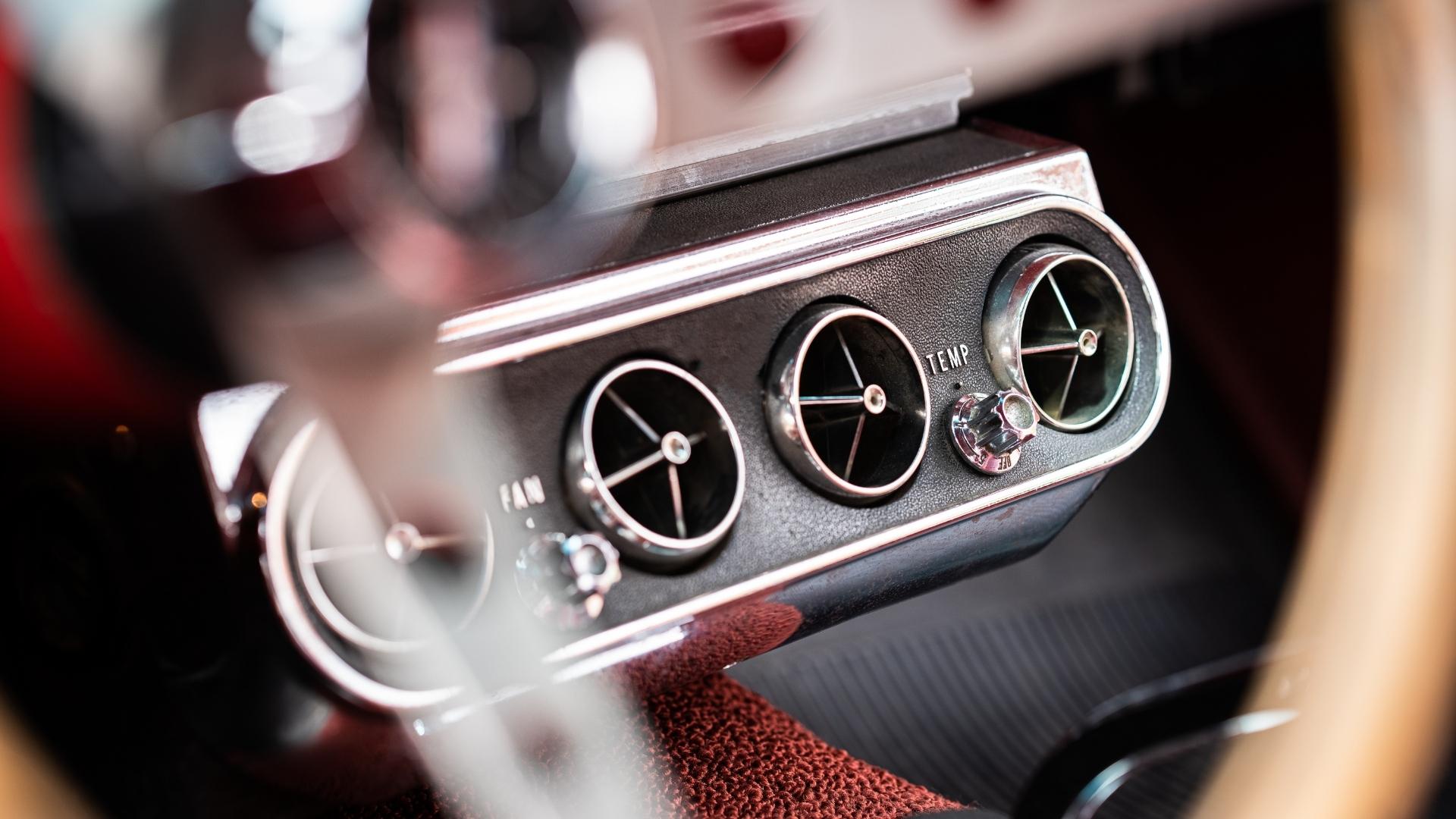
Air Conditioning in Cars
Air conditioning is the cooling system of an automobile. An efficient AC system is a must for a car. It not only cools down the air’s temperature but also filters it and controls the engine’s temperature.
The filtration process is quite a necessity in today’s polluted environment. AC has several benefits, such as:
- Balancing the temperature of the engine to prevent overheating
- Providing a cool and humid free interior atmosphere
- Filters the polluted air
- Prevention against hazardous polluted air and health diseases
The air conditioning system hasn’t always been like this. It has evolved a lot from the first model of a cooling system for automobiles. It took nearly a century to create and improve the current AC system.
The Evolution of Air Conditioning in Cars
The Air Conditioning system is a standard part of almost all the cars sold worldwide.
When motors were being developed in the early days, the vehicles were open-bodied. Hence, it was apparent to manufacturers that no particular provision was needed.
However, the transition to closed-body automobiles began in 1908. The inventors began to think about the best way to incorporate a cooling system into the cars.
That is how the history of automotive air conditioning began. Following is a brief description of the invention and evolution of vintage AC to the present AC:
1921 – The Introduction of a Cooling System
The first ever cooling system was introduced in 1921 in closed-body cars.
The Knapp limo-sedan was a small electric fan added to the enclosed car. The fan could only provide a little breeze to assist drain perspiration.
It was not much of a cooling system but more of a mild interpretation.

1939 – The First AC Automotive System
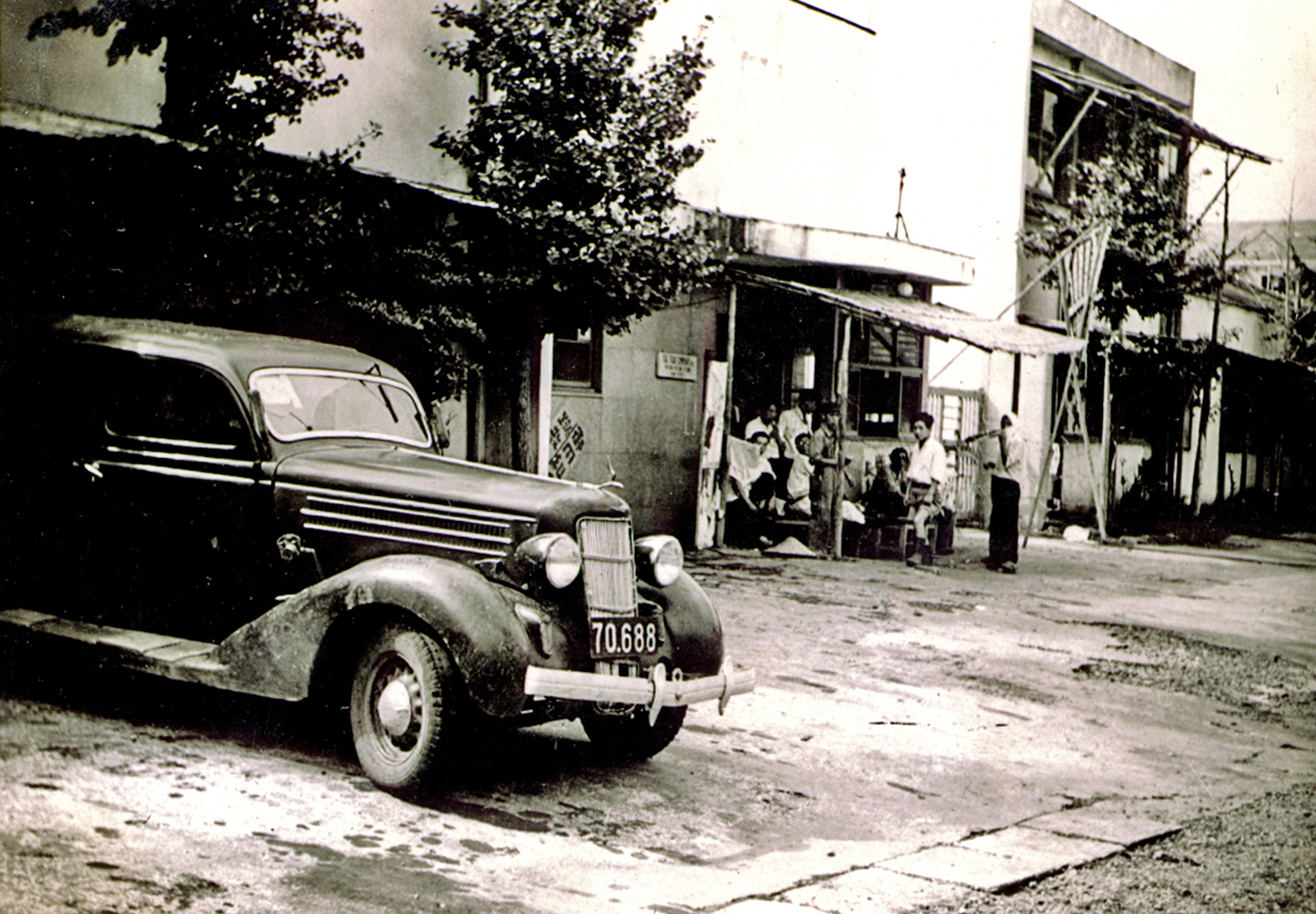
In 1939, the first automobile manufacturer named Packard introduced the first ever air conditioning system in its car.
It was known as a weather conditioner and installed in the vehicle as an extra option.
However, this product was marketed and distributed well. Near 1941, its manufacturing was discontinued due to mechanical issues and constant diagnosis of the system.
1947 – The Aftermarket Air Conditioning System
Following World War II, local and independent manufacturers developed aftermarket air conditioning units.
Although, they came with a high price tag and cheaper quality. But it became pretty popular in areas with scorching weather and humidity.
The automobile’s air conditioning system was powered by the cigarette lighter and operated with a fan, water, or ice.
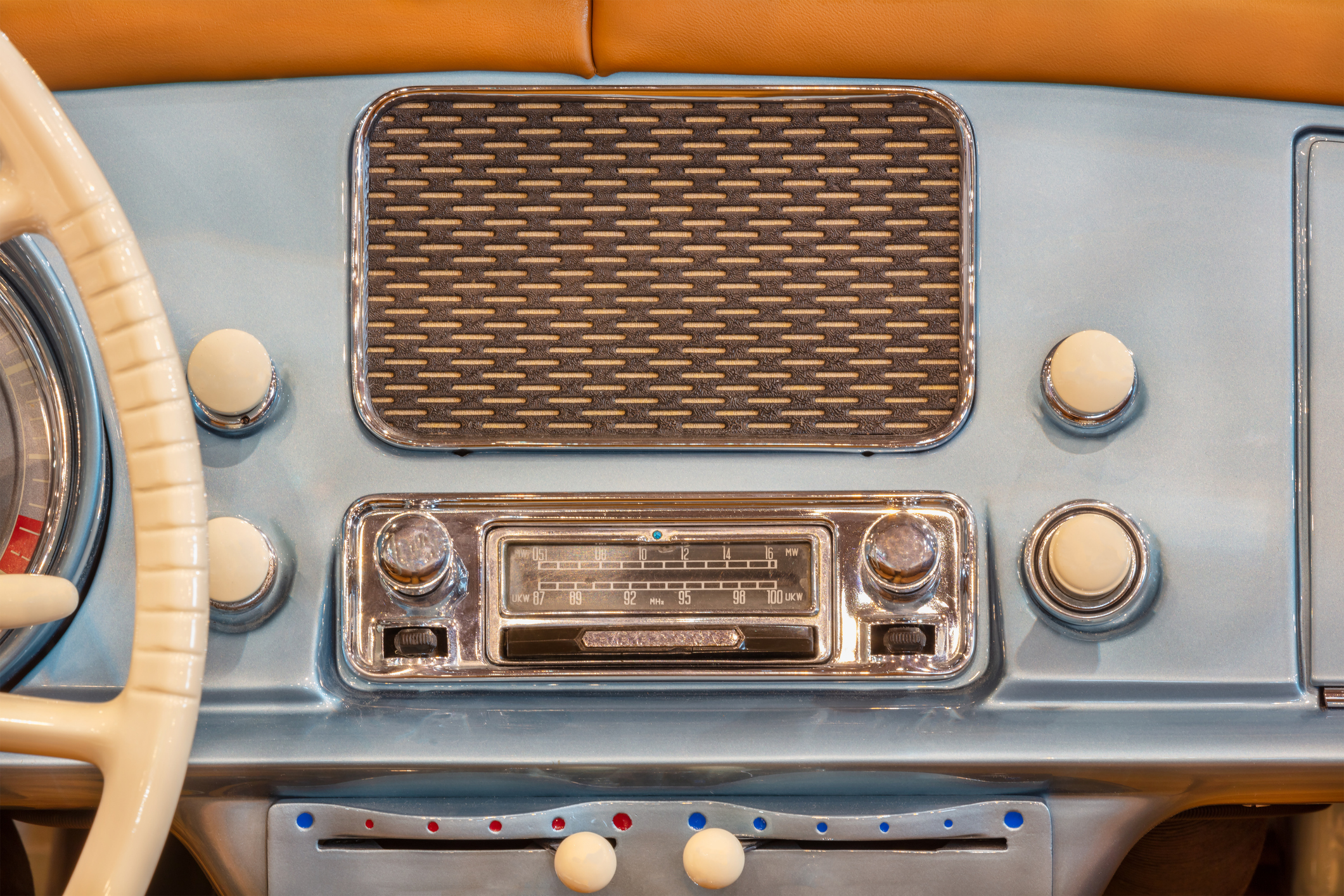
1953 – The Popularity Period of Air Conditioning Unit
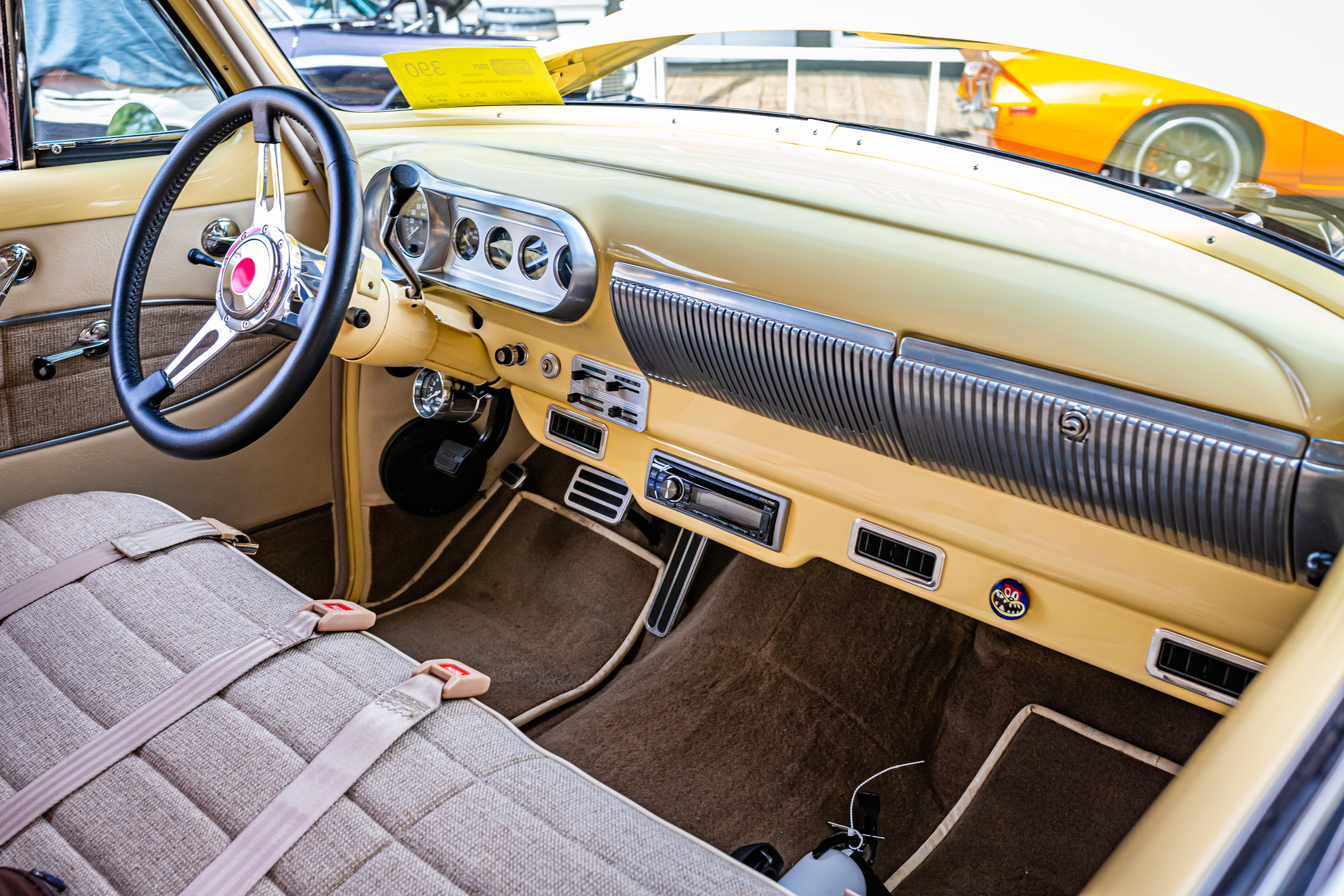
The 1950s period was when the air conditioning in cars gained enormous popularity.
In 1953, General Motors began adding AC systems built by Frigidaire in all their car models. In 1954, Pontiac and Nash became the first two automobile companies to introduce AC in the front of the car rather than the back.
The unit developed by Nash was known as an all-weather eye as it was both a heater and a cooler. It became a standard in AC systems that is still followed today.
By the late 1950s, more than seven auto companies advertised air conditioning as a standard feature of their cars.
1964 – The Comfort Controlling AC System
Because of its growing popularity, the number of automobile AC installations quadrupled in 1961. In 1964, the Cadillacs comfort cooling system was introduced in automobiles.
That system enabled the drivers to set a preferred temperature in the cars.

1970 – The Debate on AC’s Environmental Effect
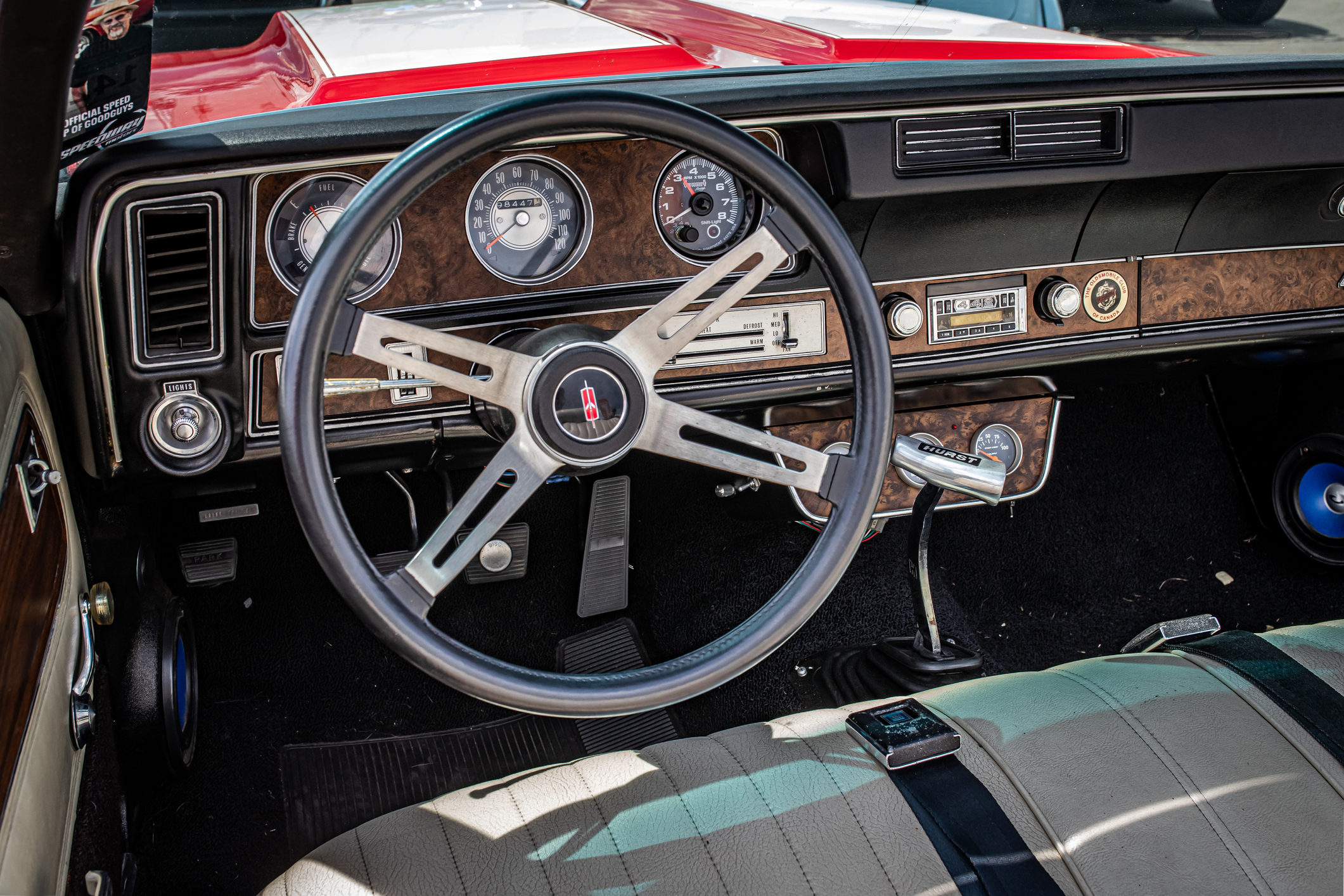
Huge discussions about environmental protection and preservation sparked debate in 1970.
It was merely about how AC impacts the environment. The theme was about the compound used in AC systems, known as refrigerants.
The dispute posed a significant danger to the car industry. Nonetheless, they proceeded to refine and develop the efficiency of the AC systems without hesitation.
1980 – The Change of AC Refrigerant
Facing an impending debate on the environmental impact of the AC system, the manufacturers decided to replace the R-12 refrigerant with the R134a refrigerant.
R-12 refrigerant was thought to have a devastating effect on the ozone layer. The change of the AC refrigerant enabled continuing innovation and technology in air conditioning systems.

1990 – The Law

The R-12 refrigerant was banned in 1990. Hence, no automobile manufacturer utilizes it. Fortunately, most automotive manufacturers swiftly adapted to the shift and maintained their product improvements.
Present Time – Further Discussions
Today’s AC systems are still based on the same basic idea as before. However, the argument over the environmental effect of air conditioning systems continues.
Automobile makers are researching possible environmentally friendly refrigerants. However, the actual operating AC refrigerant has remained the same over the previous two decades.
The continuing experiments and trials for upgrading the AC system maintain the air conditioning system’s future alive and well.
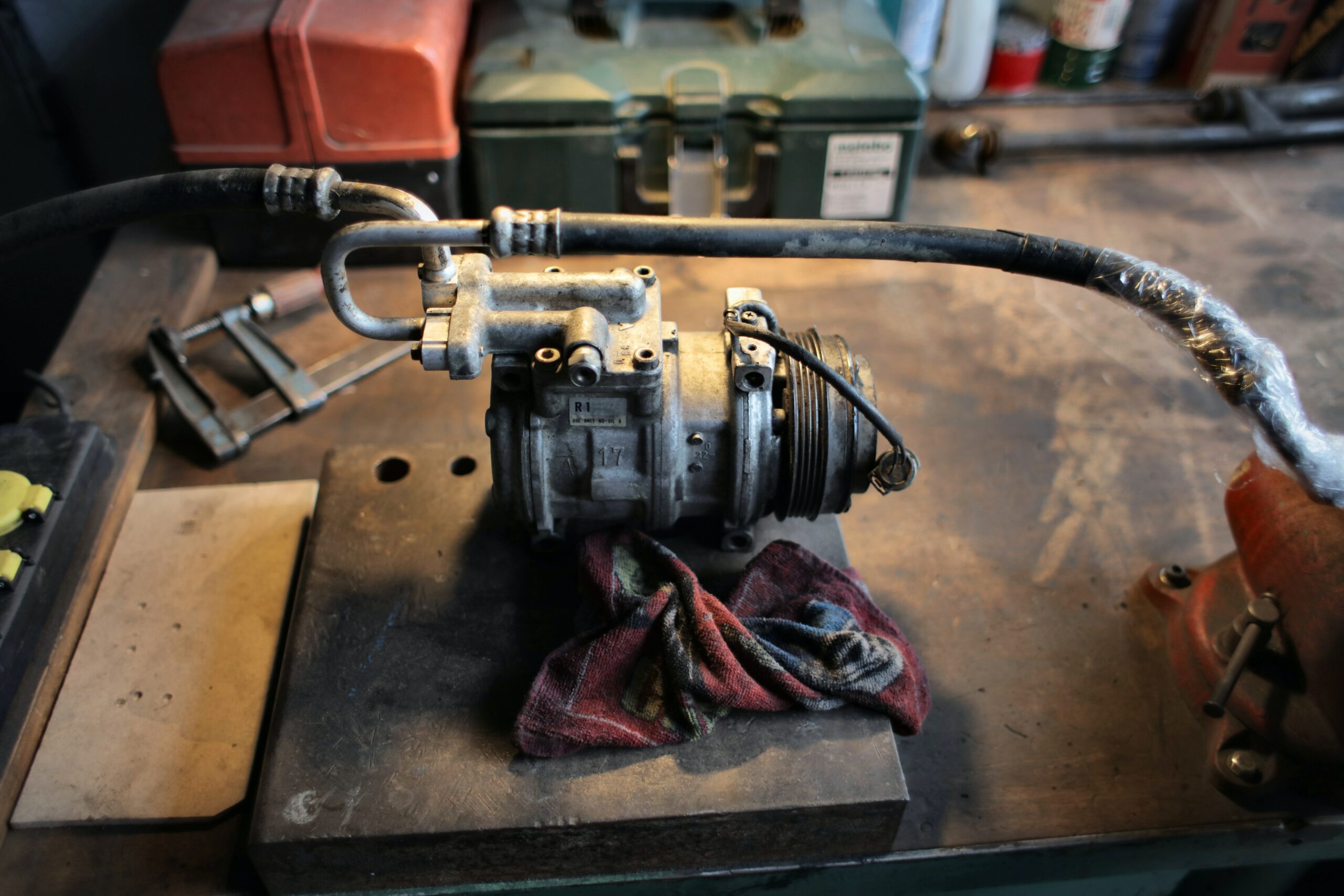
Bottom Line
Air conditioning has a long history and has seen many ups and downs. We’ve gone a long way since the original Packard air conditioning unit. A lot has changed with the continuing growth and design innovation of the AC system.
As a result, the air conditioning in contemporary automobiles is significantly more effective and efficient than in past generations. Almost all cars now come standard with an air conditioning system, rather than as an option.
Victor
BOOK YOUR WINDSHIELD REPLACEMENT
Related Articles

Behind the Wheel: A Guide to Driving Glasses
Safe navigation on the road demands sharp visual perception. As you continue reading, discover how you can benefit from enhanced visual clarity.

Cadillac Escalade Windshield Replacement Guide
Join me on journey through the pinnacle of luxury and innovation with our Cadillac Escalade Windshield Guide, where safety meets sophistication on every road.

Ford Edge Windshield Replacement Service
When your reliable Ford Edge encounters windshield problems, it’s essential to seek professional help quickly to ensure safe and smooth driving experiences.

